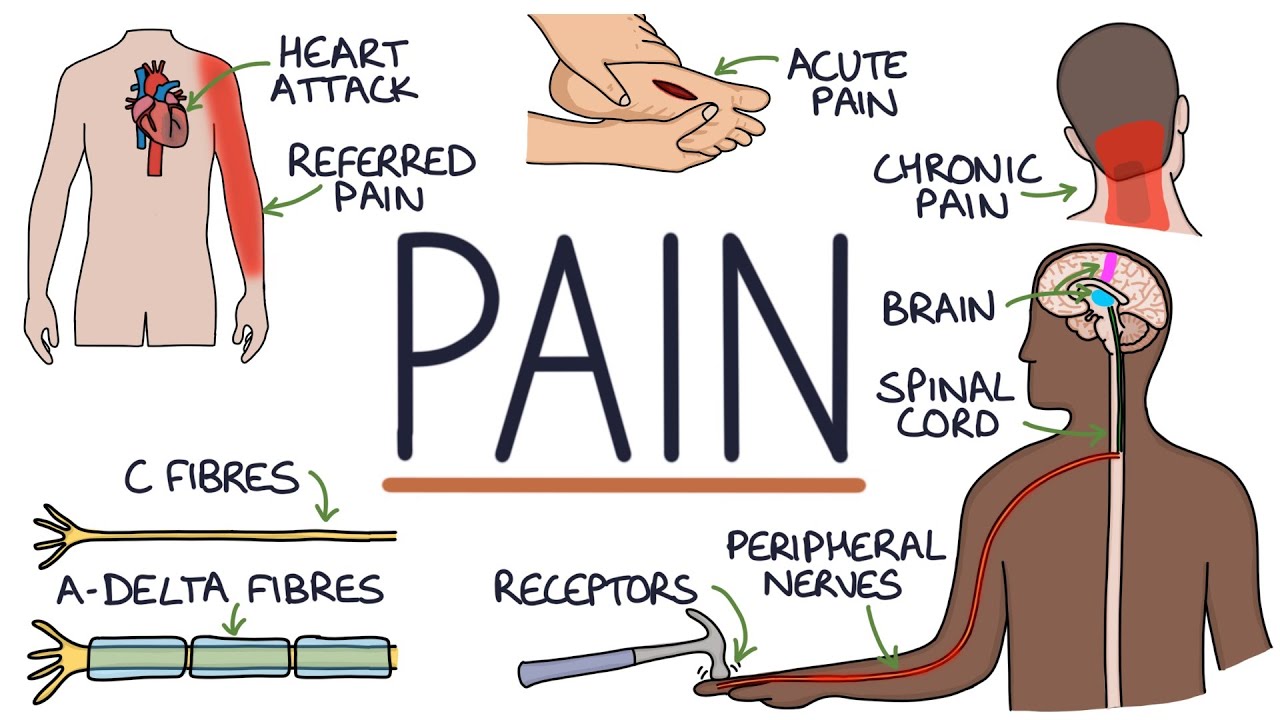Throughout history, the narrative of prophetic figures has commonly interwoven themes of pain and fulfillment, raising probing questions about the human condition and divine purpose. This exploration of Bahá’í teachings elucidates the multifaceted relationship between pain and prophecy, punctuated by profound lessons gleaned from the lives of the Prophets. Pain, as a universal experience, transcends cultural and temporal boundaries, serving not merely as a source of suffering but as an instrument of transformation and enlightenment.
The first lesson emerges from the concept that pain is integral to spiritual evolution. In the Bahá’í framework, existence is depicted as a continuum of growth, wherein trials serve a pivotal role. Just as the seasons change and landscapes evolve, so too do the souls of individuals during times of tribulation. The Prophets, revered as embodiments of divine intention, often faced adversities that were not solely personal but resonated with the struggles of humanity. For instance, the weary journey of Abraham, coupled with his unwavering faith amidst familial estrangement, highlights resilience as a precursor to prophetic revelation. Through such narratives, adherents are encouraged to perceive pain as both a catalyst and a curriculum for spiritual growth.
Moreover, the Prophets’ experiences resonate profoundly within the Bahá’í perspective on the evolution of society. Each Prophet, heralding messages of unity and love, underwent suffering which parallels the collective pain of their communities. Consider the life of Jesus Christ, who bore the compounded weight of societal rejection and betrayal. His crucifixion symbolizes not just personal agony, but the moral angst of a society grappling with its spiritual deficit. This exemplifies the notion that prophetic figures are not divorced from human experience; they epitomize the struggles to unveil divine wisdom amidst chaos. The implications here are manifold, suggesting that societal and personal discomfort often heralds moments of revelation and progress.
Transitioning to the concept of prophecy as a manifestation of divine purpose, the Bahá’í teachings posit that each Prophet embodies a unique aspect of God’s message. Yet, within their clarion call often lies a melancholic acceptance of the pain that accompanies their truths. This notion brings forth a compelling metaphor—the lighthouse amidst tempestuous seas. Just as a lighthouse stands resolute against the fierce gales, illuminating the path for lost ships, Prophets endure adversity to guide humanity toward enlightenment. The teachings of Bahá’u’lláh articulate this metaphor poignantly by asserting that “the one true God…has never been content to keep mankind in darkness.” The prophetic call, therefore, is an unveiling of divine radiance amidst the shadows of ignorance.
Another dimension to explore is the prophetic burden—an intricate tapestry woven with threads of isolation, misunderstanding, and often, martyrdom. The Bahá’í narrative honors this burden, portraying it as a testament to the unwavering commitment of the Prophets to humanity’s collective destiny. For instance, the exiled life of Bahá’u’lláh himself serves as a poignant illustration of suffering as an enactment of divine providence. His imprisonment and eventual exile are emblematic of cosmic resilience, presenting suffering not as a conclusion but as an avenue for greater liberation. In this context, pain transmutes into a profound steward of justice and equity, laying the foundations for a future characterized by unity and love.
This leads to the pivotal understanding that pain serves not merely as an individual trial but as a communal experience. The Prophets serve as mirrors, reflecting the collective sorrows and aspirations of their times. In the realm of Bahá’í teachings, the adage “the earth is but one country, and mankind its citizens” underscores the intrinsic interconnectedness of humanity’s experiences. Just as the lives of the Prophets were riddled with persecution and neglect, so too must humanity today grapple with its own collective tribulations. This interconnected suffering, rather than leading to despair, can function as a galvanizing force, uniting people in their common humanity and shared quests for understanding and love.
Inextricably linked to this narrative is the role of prophecy as a source of hope. Amidst the vicissitudes of life, the Prophets, armed with divine insight, convey messages that transcend temporal suffering. Their teachings embody the promise of eventual redemption—a cyclical return to harmony and reconciliation. This cyclical paradigm mirrors the natural world; just as winter’s bleakness eventually yields to spring’s blossoms, so too does prophetic vision soar above the present agony to herald a transformed reality. In sharing their prophetic wisdom, Bahá’í teachings invite believers to hold steadfast to hope, particularly amidst the relentless currents of pain and uncertainty.
In conclusion, the exploration of pain intertwined with prophecy within Bahá’í teachings unravels a rich tapestry of lessons. The trials endured by the Prophets illuminate the pathway for spiritual growth, collective struggle, and ultimately, the promise of unity and healing. Such teachings serve not only as a source of comfort amidst personal suffering but also as a clarion call to embrace the complexities of human experience. As individuals learn to navigate their own pain, they draw from the well of prophetic wisdom, transforming personal challenges into communal strength and collective enlightenment. Thus, within the crucible of suffering lies the profound potential for spiritual renaissance, echoing through the ages, guiding humanity toward a more glorious dawn.
